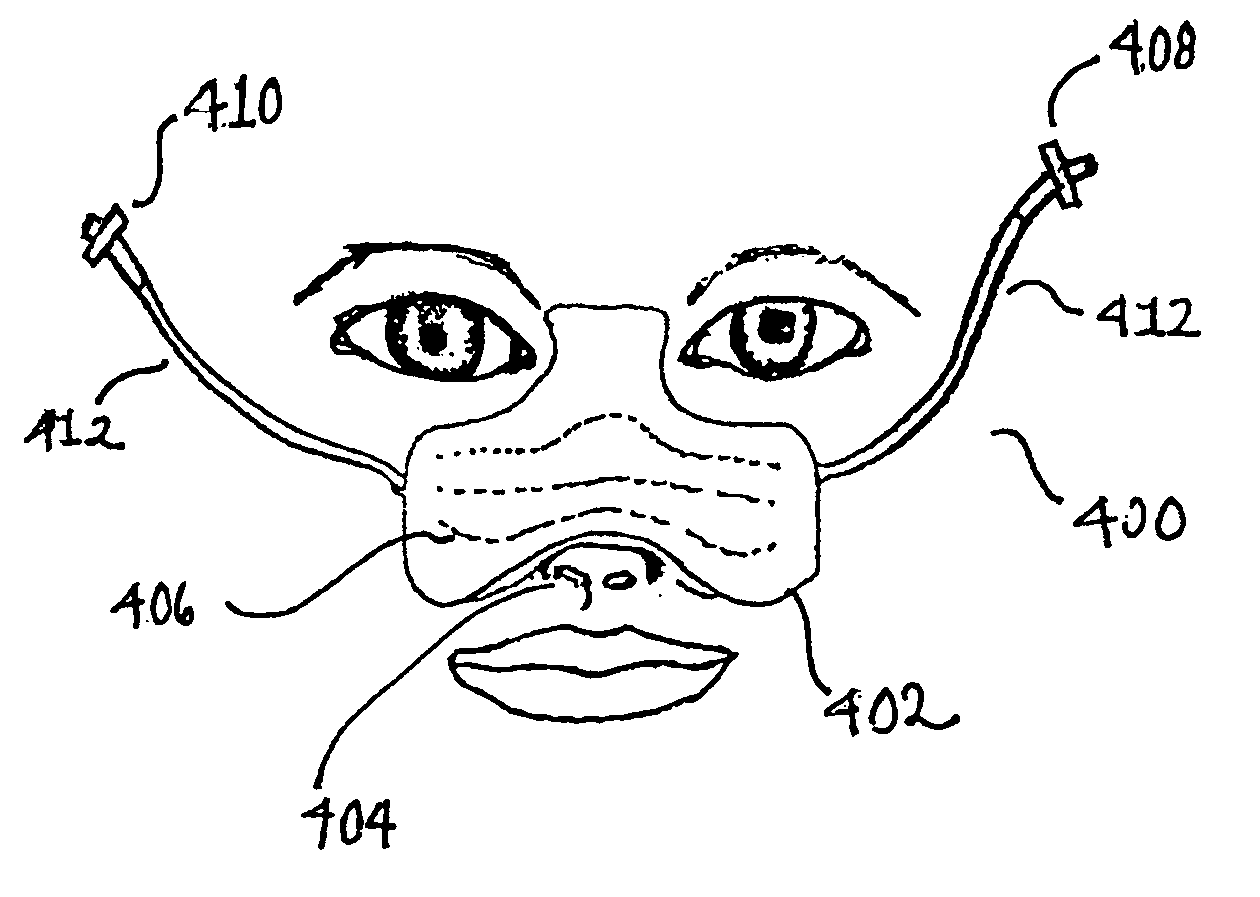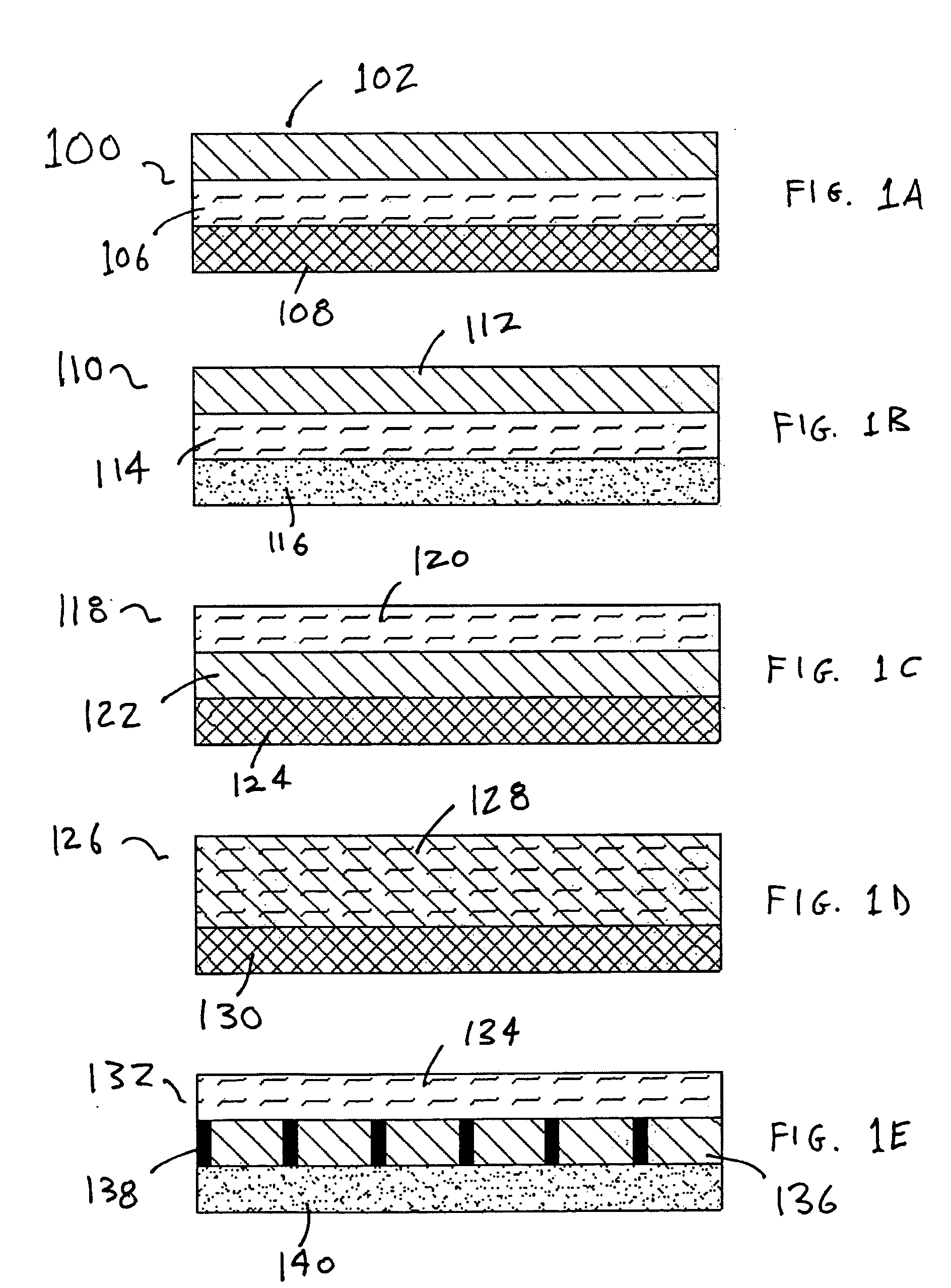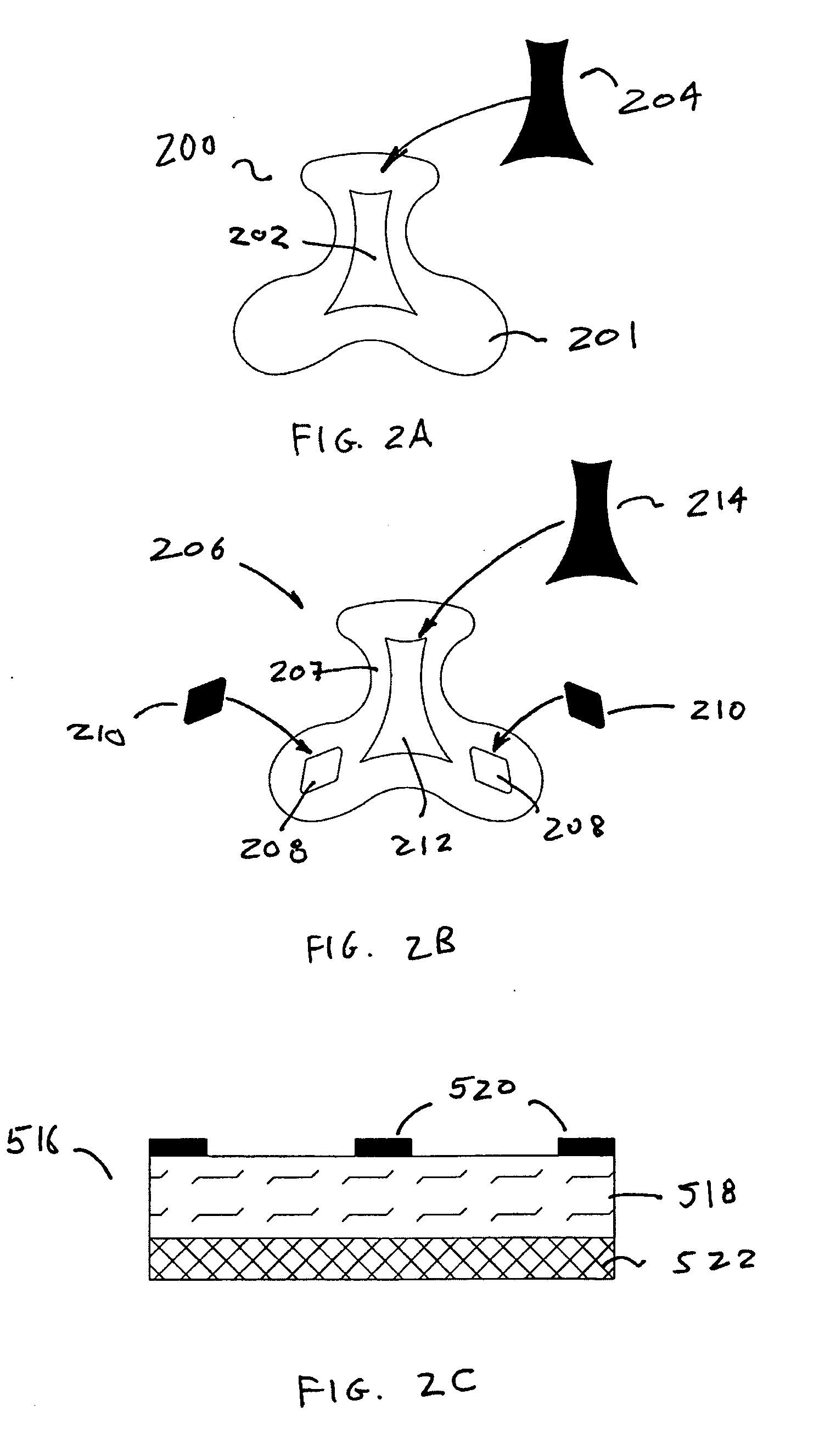Temperature-controllable device
a temperature control and device technology, applied in the field of post-operative care, can solve the problems of reducing blood flow, swelling and bruising about the injured area, and affecting the effect of treatment effect, and achieve the effect of high thermal conductivity
- Summary
- Abstract
- Description
- Claims
- Application Information
AI Technical Summary
Benefits of technology
Problems solved by technology
Method used
Image
Examples
Embodiment Construction
[0053] Described herein are temperature-controllable devices, and methods for using them. These devices may be made in such a way that they are useful in treating, or providing a therapeutic benefit, to a portion of the anatomy. For example, these devices may be configured so that they are useful in aiding the healing process after surgery or injury. Typically, surgery or injury results in swelling, bruising, and pain about the injured area. It has been well documented that direct application of ice or cold therapy to the injured area helps to reduce the swelling, bruising, and pain associated therewith.
[0054] In general, temperature-controllable devices may comprise a pliable fluid passageway region for allowing fluid to flow therethrough, and a splint configured to be re-formable that may be moldable to a portion of a user's anatomy. In some variations, the temperature-controllable device may comprise a fluid passageway region and an absorbent pad. In some variations, the tempera...
PUM
 Login to View More
Login to View More Abstract
Description
Claims
Application Information
 Login to View More
Login to View More - R&D
- Intellectual Property
- Life Sciences
- Materials
- Tech Scout
- Unparalleled Data Quality
- Higher Quality Content
- 60% Fewer Hallucinations
Browse by: Latest US Patents, China's latest patents, Technical Efficacy Thesaurus, Application Domain, Technology Topic, Popular Technical Reports.
© 2025 PatSnap. All rights reserved.Legal|Privacy policy|Modern Slavery Act Transparency Statement|Sitemap|About US| Contact US: help@patsnap.com



